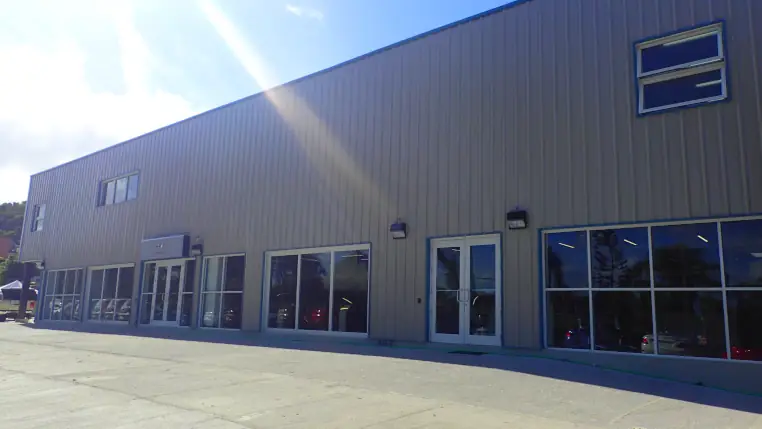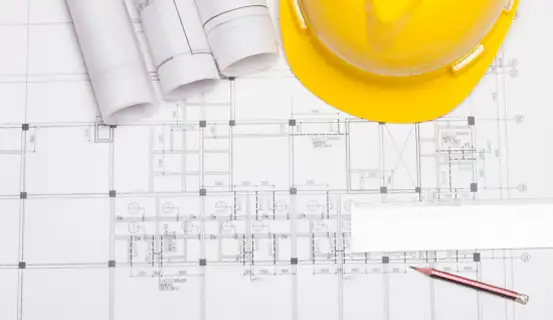
When you’re planning to invest in a pre-engineered metal building, one of the first questions that comes to mind is: “What will it cost?” While metal buildings are known for their long-term value, durability, and speed of construction, the total project cost depends on a number of variables, some predictable, others that can shift quickly.
At first glance, a pre-engineered metal building (PEMB) might seem like a straightforward investment. But like any smart construction project, cost is influenced by a blend of design choices, material market conditions, logistics, and customization. The good news? By understanding these cost factors early on, you can plan a smarter budget and avoid surprises down the road.
1. Building Design: Complexity Affects Cost
Every steel building starts with a blueprint. The simpler the layout, the more cost-effective the fabrication and assembly. However, as building design becomes more complex (think multi-bay setups, mezzanines, or custom rooflines) engineering and manufacturing requirements increase.
Complex buildings may require additional steel, more precise fabrication, and specialty connections, all of which add time and cost. That’s not to say you shouldn’t go custom, but understanding how your design choices impact your bottom line helps you prioritize what matters most.
2. Steel Prices: A Market That Moves
Steel is a globally traded commodity, which means its price fluctuates based on market demand, supply constraints, geopolitical events, and even seasonal trends. For example, if there’s a sudden increase in global demand or a disruption in the supply chain, steel prices can rise quickly…and that directly impacts the cost of your building.
If your timeline allows for some flexibility, working with your supplier to monitor the market could help you purchase materials during a dip, potentially saving thousands. A good metal building manufacturer will keep you informed and help you make strategic purchasing decisions.
From Vision to Steel Structure
CURIOUS HOW IT ALL COMES TOGETHER?
Take a closer look at Allied Steel’s step-by-step design process. From initial concept through final plans and see how we turn your ideas into durable, high-performance buildings.

3. Fuel and Transportation: Location Matters
Pre-engineered metal buildings are typically delivered to your job site in large shipments. That means fuel prices and distance from the manufacturing plant play a role in your final metal building cost. If your build site is remote or difficult to access, transportation costs can increase significantly.
To avoid unexpected delivery fees, be sure to ask early about freight logistics. Knowing where your steel components are coming from, and how they’ll get to you, is an important part of keeping your budget in check.
4. Manufacturer Buying Power: Bigger Can Be Better
Not all steel building suppliers operate on the same scale. Large-volume manufacturers often have longstanding relationships with steel mills and can purchase materials at a lower cost than smaller firms. That buying power gets passed along to customers, giving you more value for your investment.
Partnering with a well-established manufacturer means you’re benefiting from both experience and economies of scale. It’s not just about the price. It’s also about access to better support, more customization options, and smoother project coordination.
5. Custom Features: Investing in Performance and Appearance
Steel buildings have come a long way from the plain-gray boxes of the past. Today’s PEMBs can be customized with architectural facades, energy-efficient insulation, specialty finishes, and modern design elements that enhance both function and curb appeal.
These customizations and upgrades come at a cost, but they can also boost your building’s long-term return on investment (ROI). For instance, high-performance insulation may increase your upfront spend but lower your energy bills for years to come. Likewise, a visually appealing exterior can help attract customers or increase property value.
Design Your Ideal Steel Building
Every project is unique -your building should be too. Explore Allied Steel’s customization options and design features to create a structure that fits your exact needs.

Build Smarter with Cost Awareness
Pre-engineered metal buildings offer an outstanding balance of durability, efficiency, and affordability, but only if you go into the project with your eyes open. From the design phase to delivery, understanding what affects cost allows you to make better decisions that align with your goals and budget.
Whether you’re building a warehouse, retail space, office, or agricultural facility, partnering with an experienced metal building provider ensures you get clear answers, predictable pricing, and guidance every step of the way. Ready to build smarter? Let’s talk about how we can bring your steel building project to life without the sticker shock.
